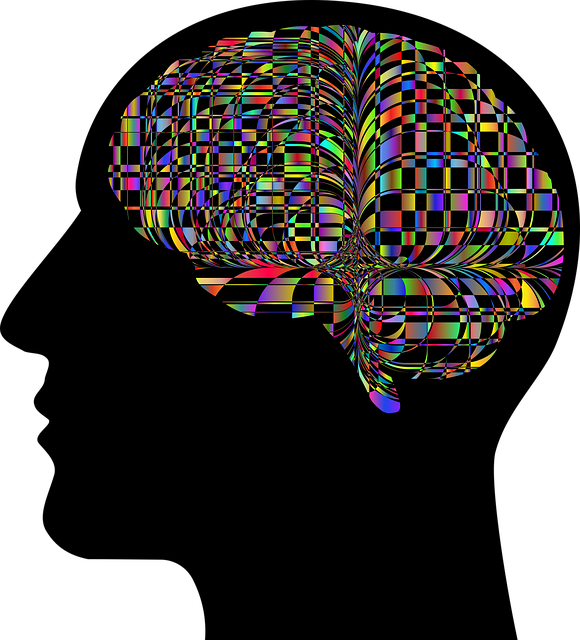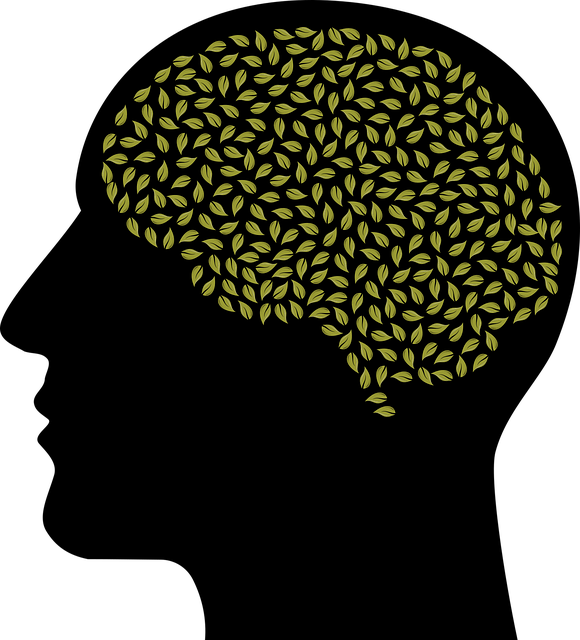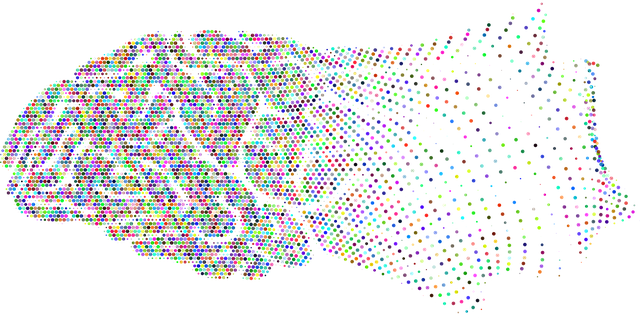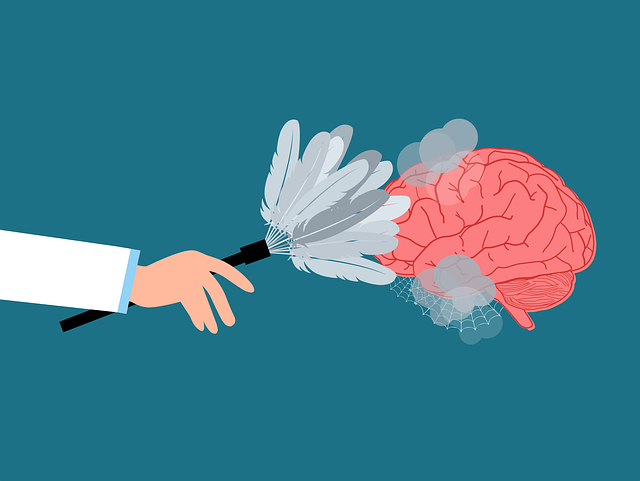Media portrayal of children's mental health, especially panic disorder and anxiety attacks, significantly impacts societal understanding and attitudes. Accurate depictions through therapy-focused storytelling reduce stigma and encourage early help-seeking behaviors. Inaccurate or exaggerated media representations risk exacerbating stigma. Promoting responsible storytelling that normalizes conversations about mental health and incorporates therapeutic techniques is crucial for fostering a compassionate society where children with panic disorder and anxiety attacks feel comfortable seeking professional help without judgment. Incorporating therapy into media content can revolutionize young minds' mental health, empowering them to manage these conditions effectively.
Mental illness representation in media significantly impacts public understanding of mental health. This article delves into the effects of media portrayal on young minds, focusing specifically on panic disorder and anxiety attacks. We examine the current state of children’s media, highlighting harmful stereotypes and inaccuracies. Subsequently, we present effective strategies for positive change, emphasizing the role of therapy as a game-changer in fostering empathy and reducing stigma. By incorporating evidence-based practices, media can become an ally in providing support and guidance to young audiences experiencing these conditions.
- Understanding the Impact of Media Portrayal on Mental Health
- The Current State: How Children's Media Depicts Panic Disorder and Anxiety
- Effective Strategies for Positive Change in Media Representation
- Incorporating Therapy into Media: A Game-Changer for Young Minds
Understanding the Impact of Media Portrayal on Mental Health

Media portrayal plays a significant role in shaping public understanding and perception of mental health issues, including panic disorder and anxiety attacks in children. The way these conditions are depicted in films, television shows, and news media can either promote awareness and reduce stigma or reinforce negative stereotypes and misconceptions. When media portrays mental illness accurately and with sensitivity, it can offer valuable crisis intervention guidance and help individuals recognize their symptoms. Accurate representation also empowers people to seek therapy for children panic disorder and anxiety attacks early on, fostering a culture of support and understanding.
On the other hand, inaccurate or exaggerated media portrayals can exacerbate stigma and lead to misinformed judgments. Children are particularly susceptible to these influences, as they often imitate behaviors and beliefs presented in the media. Therefore, it is crucial to promote responsible storytelling that encourages resilience building and self-awareness exercises for mental health. By presenting balanced narratives, media can contribute to a more compassionate society where individuals feel comfortable seeking help without fear of judgment or discrimination.
The Current State: How Children's Media Depicts Panic Disorder and Anxiety

In today’s media landscape, the depiction of mental health conditions, particularly panic disorder and anxiety attacks in children’s content, is a topic that demands attention. The current state of representation often falls short of accurately reflecting the complexities of these issues, leading to potential misconceptions among young audiences. Many shows and films portray anxiety as a mere character quirk or an occasional bout of restlessness, minimizing the severe impact it can have on individuals’ lives. This simplistic portrayal can hinder understanding and foster stigma surrounding mental health struggles.
However, there is a growing movement towards more nuanced and empathetic storytelling. Some media creators are beginning to explore panic disorder as a central theme, showcasing its symptoms, triggers, and the coping mechanisms that children might use during therapy for anxiety attacks. By incorporating scenes of mindfulness meditation or emotional well-being promotion techniques, these productions offer valuable insights into stress reduction methods. Such representations can help normalize conversations about mental health and encourage viewers to seek appropriate support if needed.
Effective Strategies for Positive Change in Media Representation

Media representation plays a pivotal role in shaping societal perceptions about mental health. To foster positive change, several effective strategies can be implemented. Firstly, promoting accurate and diverse portrayals of individuals with mental illnesses, including conditions like panic disorder and anxiety attacks, is essential. This involves giving voice to those who have successfully managed their symptoms through therapy and recovery, thereby normalizing the experience and reducing stigma.
Incorporating these narratives into various media formats, from television shows to documentaries, can facilitate better understanding and empathy among the audience. Additionally, highlighting the role of trauma support services and mental wellness coaching programs can offer valuable insights into effective coping mechanisms and mood management techniques. Such representations encourage viewers to seek appropriate help when needed and contribute to a more inclusive and supportive society for everyone, including children struggling with anxiety-related disorders.
Incorporating Therapy into Media: A Game-Changer for Young Minds

Incorporating therapy into media content is a revolutionary approach that holds immense potential for transforming young minds and addressing mental health challenges head-on. By seamlessly integrating therapeutic techniques and insights into movies, TV shows, and digital platforms, creators can offer engaging narratives that normalize conversations around anxiety, panic disorders, and other mental health issues. This strategy not only helps reduce the stigma associated with these conditions but also provides valuable tools for self-care practices among young audiences.
Children, particularly those experiencing anxiety attacks or symptoms of panic disorder, can benefit immensely from media that offers realistic yet hopeful portrayals of therapy. Depicting effective burnout prevention strategies for healthcare providers and promoting mental wellness through relatable characters can encourage younger viewers to seek help and embrace self-care as integral parts of their lives. This innovative approach has the potential to foster a generation more equipped to navigate and manage their mental health effectively.
Media has a significant impact on shaping societal perceptions, especially regarding mental health. By accurately and empathetically representing conditions like panic disorder and anxiety in children’s media, we can challenge stigmatization and promote understanding. Implementing the discussed strategies, including incorporating therapy elements, is crucial to fostering positive change. This approach ensures that young minds are equipped with healthier coping mechanisms while reducing the potential adverse effects of misleading portrayals. With these efforts, we can create a more supportive environment for those dealing with mental health issues, ultimately encouraging open conversations and access to appropriate therapy for children experiencing panic disorder and anxiety attacks.








